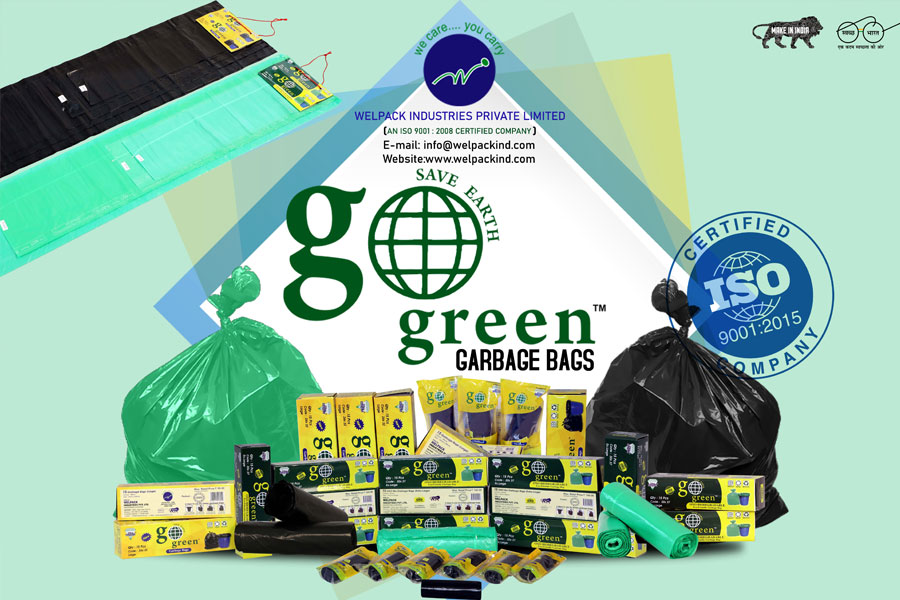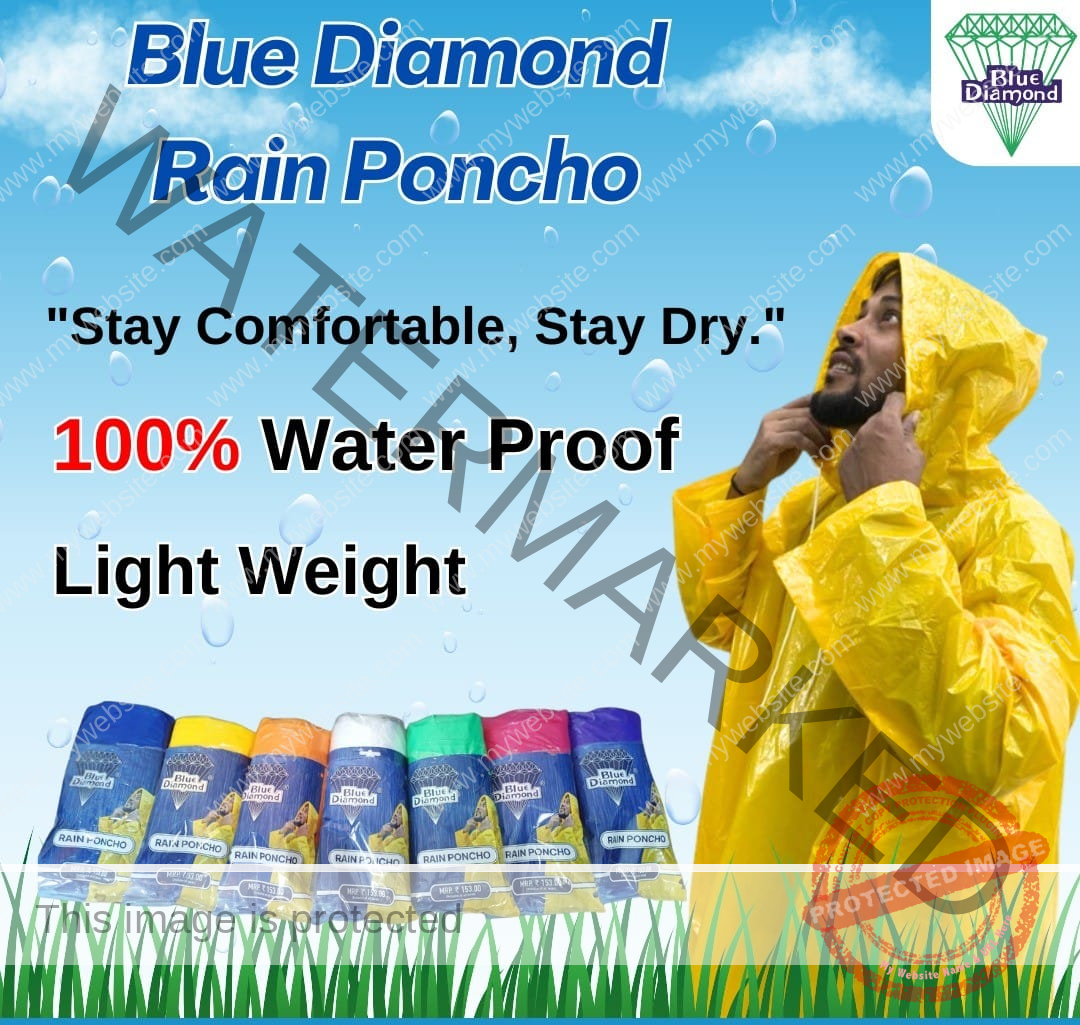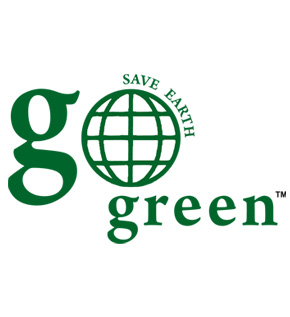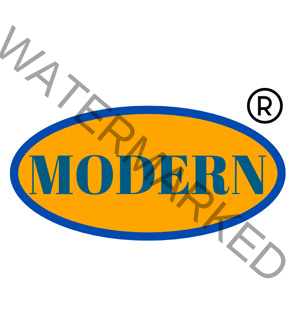How is Tarpaulin Manufactured?
The manufacturing of tarpaulins involves several detailed steps to ensure the final product is durable, weather-resistant, and suitable for various applications. As a leading manufacturer of tarpaulins we follow a meticulous process to produce high-quality tarpaulins. Here’s an overview of the manufacturing process.
- Selection of Raw Materials
The first step in tarpaulin manufacturing is selecting the raw materials. The most commonly used materials are:
- High-Density Polyethylene (HDPE): Known for its strength and durability.
- Polyethylene (PE): Used for lightweight applications.
- Extrusion
In this step, the chosen polymer (HDPE or PE) is melted and extruded into thin sheets or tapes. The extrusion process involves:
- Melting the Polymer: The raw material is fed into an extruder where it is melted at high temperatures.
- Forming Sheets or Tapes: The molten polymer is then forced through a flat die to form thin sheets or through a circular die to create tapes.
- Weaving
For woven tarpaulins, the extruded tapes are woven into a fabric. This step includes:
- Warping: The tapes are arranged lengthwise on a loom.
- Weaving: The weft tapes are interlaced with the warp tapes to form a strong, flexible fabric. This process creates a mesh that provides the tarpaulin with its strength and tear resistance.
- Lamination
The woven fabric or sheets are then laminated to enhance their durability and waterproofing properties. Lamination involves:
- Coating with PE: A layer of PE is applied to the woven fabric using heat and pressure. This creates a smooth, waterproof surface.
- Applying Multiple Layers: Depending on the required thickness and durability, multiple layers may be applied.
- Heat Sealing and Reinforcement
To further strengthen the tarpaulin, the edges are heat-sealed, and grommets are added:
- Heat Sealing: The edges of the tarpaulin are folded and heat-sealed to prevent fraying and enhance strength.
- Reinforcing Corners and Edges: Additional layers or patches may be applied to the corners and edges for extra reinforcement.
- Adding Grommets: Metal or plastic grommets are inserted along the edges at regular intervals. These grommets facilitate easy securing and attachment of the tarpaulin.
- Quality Control
Throughout the manufacturing process, rigorous quality control measures are implemented to ensure the tarpaulin meets high standards:
- Visual Inspection: Inspecting for defects such as holes, tears, or uneven coating.
- Strength Testing: Testing the tensile strength, tear resistance, and waterproofing capabilities.
- UV and Weather Resistance Testing: Ensuring the tarpaulin can withstand prolonged exposure to sunlight and adverse weather conditions.
- Packaging and Distribution
Once the tarpaulins pass quality control, they are packaged and prepared for distribution:
- Folding and Packing: The tarpaulins are folded and packed according to size and customer specifications.
- Labeling: Each package is labeled with details such as size, material, and manufacturer information.
- Distribution: The packaged tarpaulins are then distributed to retailers, wholesalers, or directly to customers.
Conclusion
The manufacturing of tarpaulins is a detailed and systematic process designed to produce durable, versatile, and high-quality products. By understanding these steps, you can appreciate the craftsmanship and quality that go into each tarpaulin produced by Welpack Industries Pvt. Ltd.







